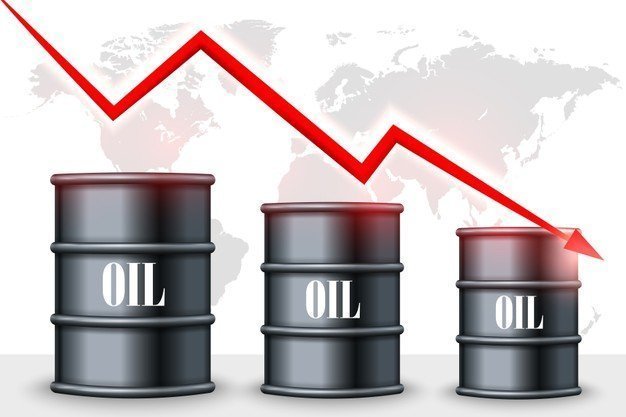Oil slid from a one-month high on Tuesday after Chinese economic data dampened market sentiment and the International Monetary Fund (IMF) chief warned of a tougher 2023.
Brent crude futures fell 25 cents, or 0.29%, by 0400 GMT to $85.66 a barrel, while West Texas Intermediate (WTI) crude was down 20 cents, or 0.25%, at $80.06.
Weak factory data from China, the world’s largest crude oil importer, and second-largest oil consumer, weighed on prices. The Caixin/Markit manufacturing purchasing managers index fell to 49.0 in December from 49.4 in November. The index has remained below the 50 points mark that separates growth from contraction for the fifth consecutive month.
Still, on Monday, there was a return to normal activity in China as some people in key cities weathered the cold and the rise in COVID-19 infections, increasing the likelihood that the economy. Demand for oil will rise as more people recover from infection.
However, considering the three-year pandemic controls, bankruptcies in small and medium-sized businesses, the rising unemployment rate, the rapid increase in the social savings rate, and the infection-related deaths in recent months; it is not right to expect the Chinese economy to recover so quickly.
It has been reported that there is a larger-than-expected increase in export quotas for first-batch petroleum products for 2023, announced by the Chinese government. Some traders attribute this to expectations of weak domestic demand as the country continues to battle waves of COVID-19.
In addition, IMF Managing Director Kristalina Georgieva said on Sunday that the US, Europe, and China, the main engines of global growth, slowed down simultaneously, making 2023 more difficult for the global economy than 2022.
Oil prices rose more than 2% on Friday, and Brent and WTI finished 2022 up 10.5% and 6.7% year-on-year, respectively.
Societe Generale analysts said in a January 3 note that commodity prices saw a significant upward flow of $12.3 billion in the week ending December 27, making it the largest weekly bullish flow in 2022.
According to analysts, the commodity with the largest flow was Brent, which saw an upward flow of $3.4 billion due to the G7 capping Russia’s crude oil exports and Russia’s reaction to it.
From February 1, Putin banned the supply of crude oil and petroleum products to countries that apply the price cap for five months. By the way, his decree also includes a clause allowing it to lift the ban in special cases.
Russian crude oil was diverted from Europe to India and China. Traders said Moscow plans to increase diesel exports from the Baltic Sea port of Primorsk to 1.81 million tons in January, but exports from Tuapse are expected to fall to 1.333 million tons.
Looking ahead to the months ahead, concerns about the global economic slowdown will continue to compete with China’s re-raising oil prices.
Weak USD will help to some extent. Short-term factors will let us have an insight into inventory updates and data on Russia’s supply.

